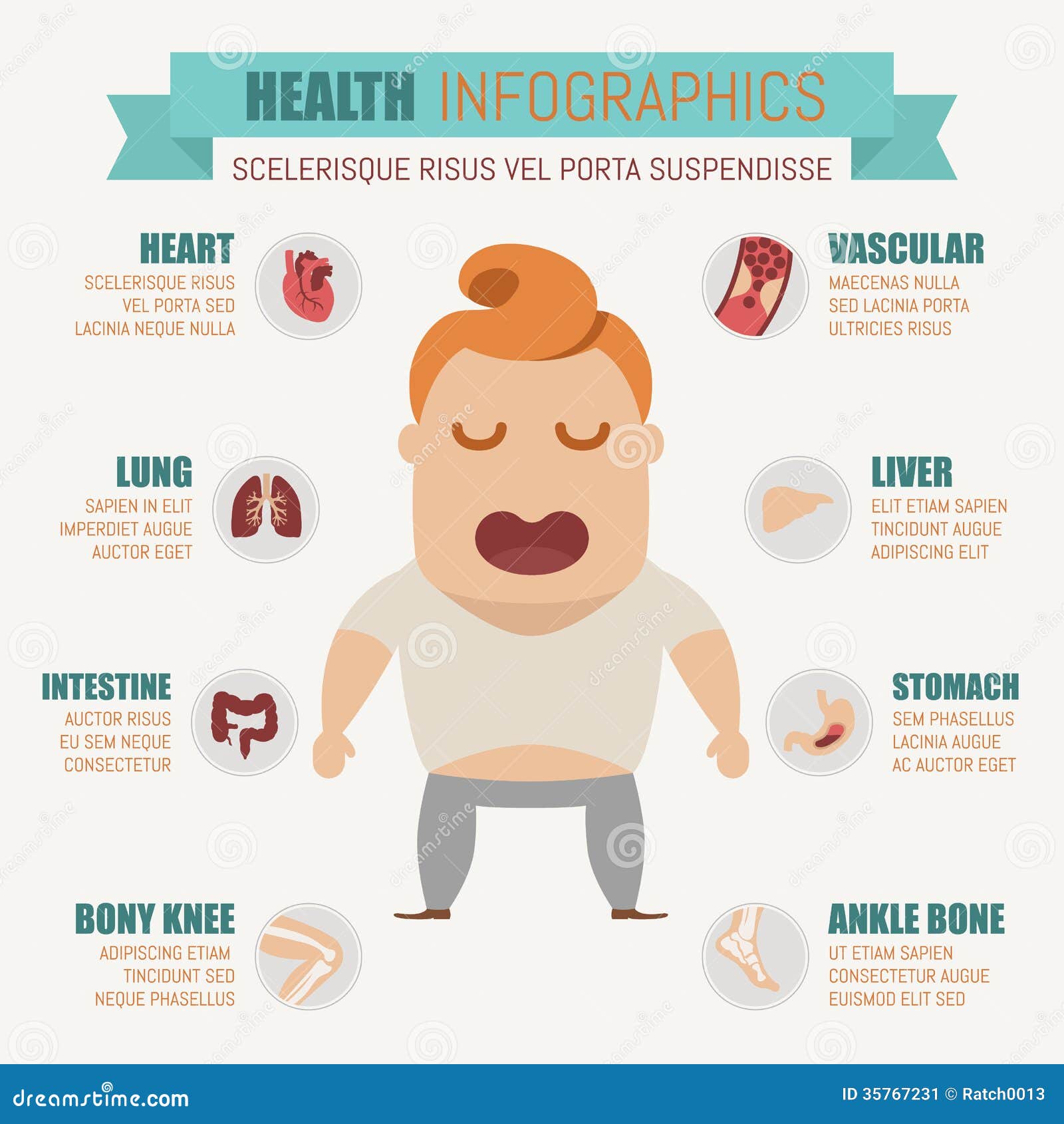This Post Assistance You To Understand The Hernia Surgical Treatment

Article by-Grantham Boll
A rupture is a vulnerable point in the muscle or connective cells of your abdomen. It can cause discomfort, pain or even infection if not dealt with.
Hernia repair work has boosted dramatically for many years. This is since new medical techniques and clinical tools provide a variety of options for rupture repair work. The goal is to repair hernias securely and successfully while decreasing healing time as well as the risk of recurrence.
Persistent Hernia
Hernia surgical treatment can repair ruptures that are causing discomfort, severe or persistent signs and symptoms, or if you go to risk of difficulties. However, ruptures can return after surgical treatment if the cells has actually been fixed incorrectly.
If a hernia returns in a weak area of your fascia, or connective cells, it may call for rupture modification surgical procedure. This is typically recommended if you had an infection that stopped your fascia from healing correctly or if the rupture is returning near where the original hernia was.
Surgical hernia repair services can be done utilizing open surgical treatment or laparoscopically, depending on your problem and the surgeon's knowledge. Both techniques involve pulling the cells with each other and suturing it.
As a whole, individuals must have the ability to take part in typical tasks at home within a couple of days of their hernia repair service. Nonetheless, some people may require to be restricted from raising heavy things and laborious task for a few weeks after surgical treatment.
Umbilical Hernia
An umbilical rupture occurs when a loophole of intestine presses through the muscular tissue wall surface near the navel (belly button). It might become larger or bigger if a child does things that trigger pressure in the belly, such as coughing, stressing to poop, or raising something.
An infant with an umbilical rupture typically closes on its own by age 1 or 2. However, some hernias are not closed on their own, requiring surgical procedure to fix them.
Hernia surgery is the most common method to deal with an umbilical hernia. It's a tiny treatment that takes around thirty minutes as well as generally entails general anesthetic.
The doctor will then place solid stitches or an artificial mesh over the weak spot in the muscle mass. This will certainly offer long-lasting stamina to aid avoid the rupture from persisting.
Incisional Rupture
If an incisional rupture triggers issues, it's usually treated with surgical procedure. This is called hernia repair.
Typically, incisional ruptures develop at or near medical scars in the abdominal area, however they can likewise happen at other locations of the body. Ruptures at these other locations, referred to as parastomal hernias or spigelias, are much less usual.
The risk of developing an incisional rupture enhances if you have actually had certain kinds of surgical treatments on your abdominal location, including a surgical treatment to remove a gallbladder or spleen. This is due to the fact that these procedures are performed via big cuts (cuts).
Lots of people who have an incisional rupture need therapy to fix the rupture and also make certain it doesn't grow. This can consist of open rupture surgical procedure as well as minimally invasive or keyhole surgical procedure, occasionally called "laparoscopic" rupture repair work.
Vaginal Hernia
A genital hernia happens when a body organ (such as the rectum, bladder or uterus) protrudes right into the vaginal area. These prolapses can take place while pregnant, childbirth or when the pelvic floor muscles compromise due to aging.
The pelvic flooring is a network of muscular tissues as well as connective tissue that holds the bladder, anus, cervix as well as uterus in place. These frameworks can become damaged or extended by age or various other elements, such as injury, surgery, persistent coughing and heavy lifting.
When this occurs, the organs might drop down into the vaginal area. mouse click the next webpage identify this problem as a pelvic organ prolapse as well as categorize it by the compartment in which the organ has actually broken down right into the vaginal area, such as cystocele, rectocele or genital vault prolapse.
There are a selection of treatment options readily available, yet surgical repair work is generally the best choice for severe prolapses. http://www.thefarmerselevator.com/markets/stocks.php?article=pressadvantage-2022-12-13-the-iskandar-complex-hernia-center-answers-the-question-when-can-i-exercise-after-hernia-surgery of the client's tissue (or cells from a benefactor) is made use of to put the pelvic organs back into place and also hold them there.

